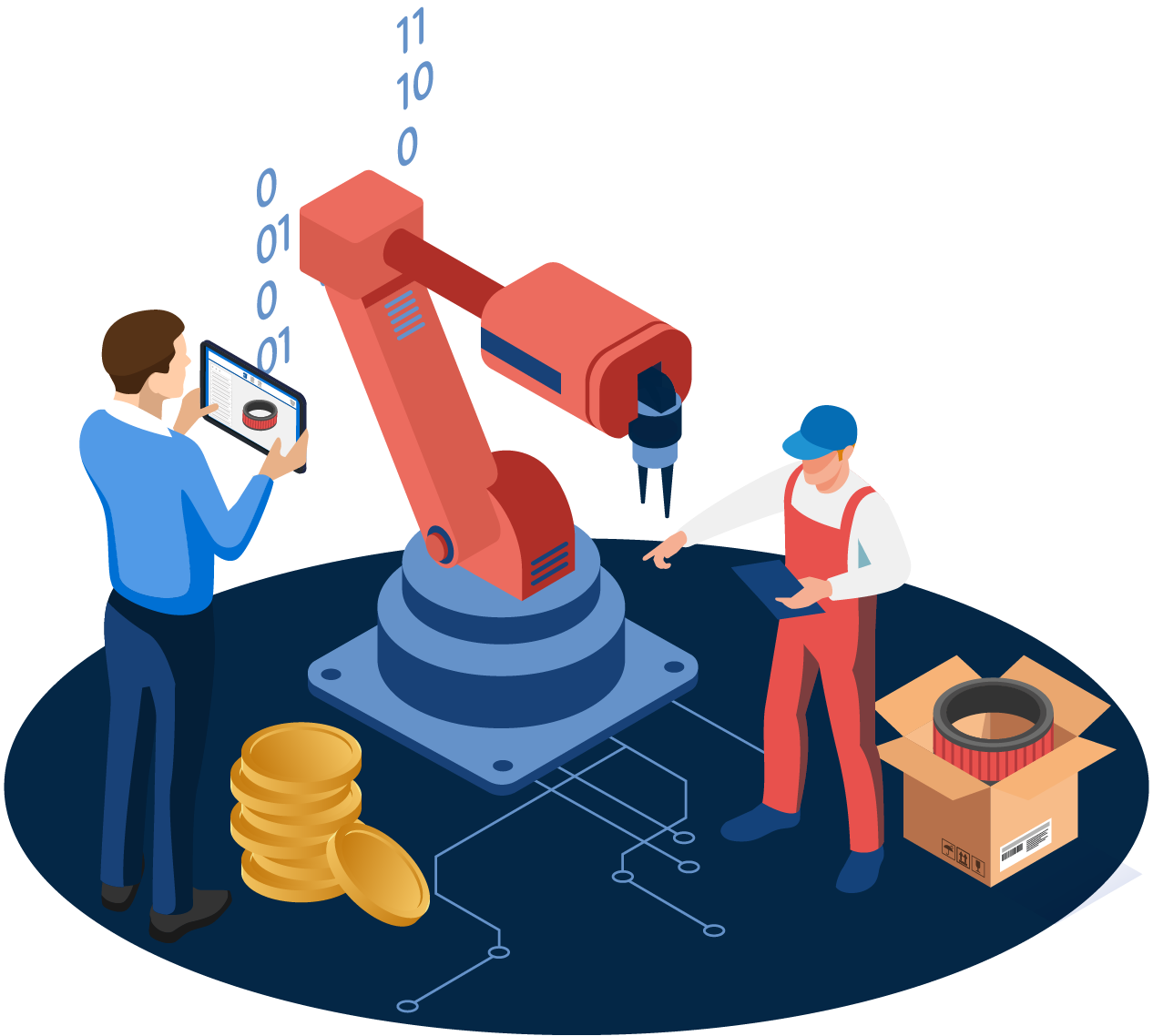What software is suitable for developing an aftersales portal?
Quanos InfoTwin is the modular cloud solution that machine and plant manufacturers use as a platform for modern, digital services. The platform integrates seamlessly into existing software solutions and bundles product information, spare parts and service information, and technical documentation in one central location. In this way you can provide your customers, maintenance staff, and service technicians with the information they need for their specific use case.
Digital information twins of machines and plants are thus created from which manufacturers can generate various added values according to their needs and the needs of their customers – whether aftersales portals, service portals, self-service portals, or other smart services. As a standardized out-of-the-box solution, Quanos InfoTwin is ready to use immediately, with the possibility of modular expansion.























